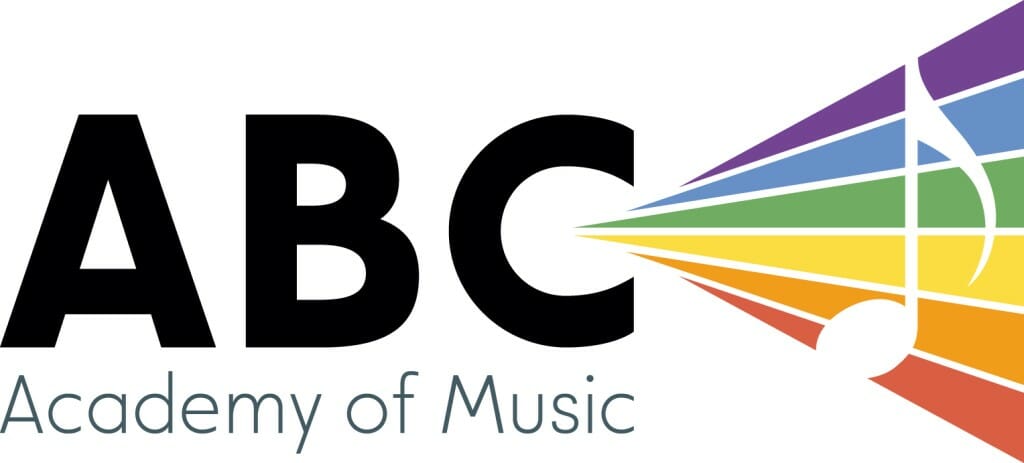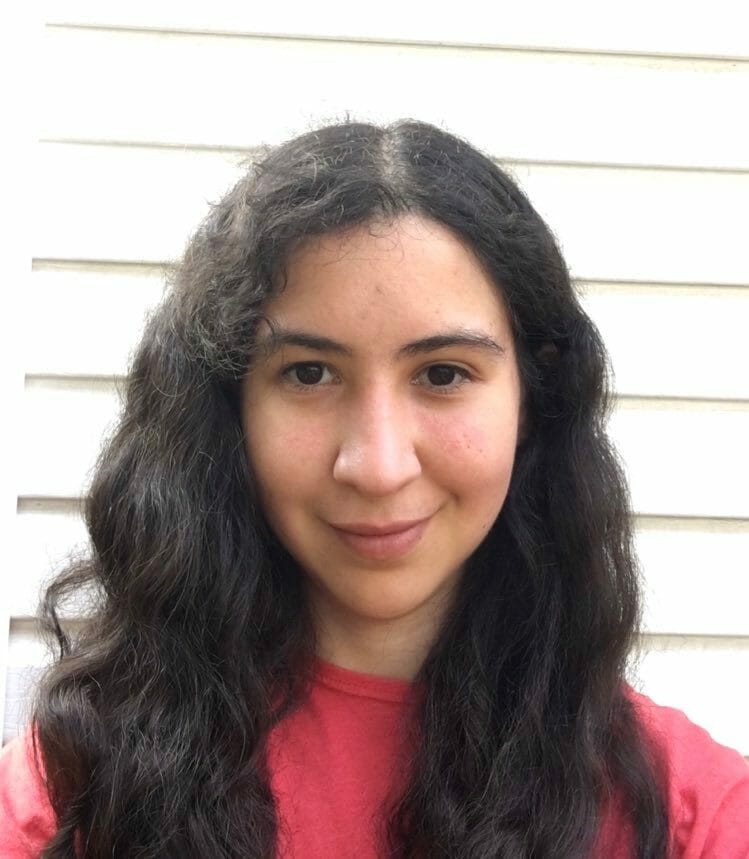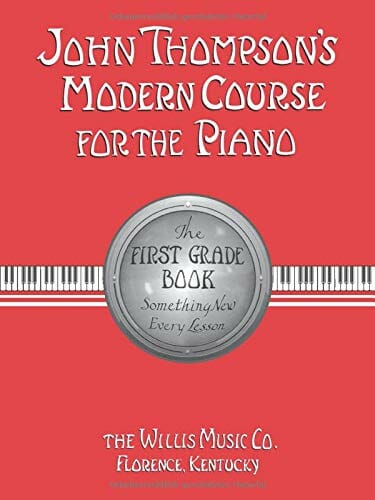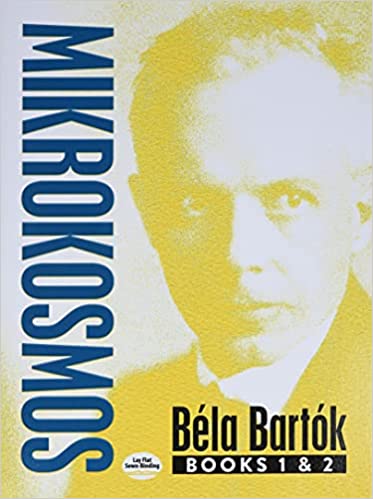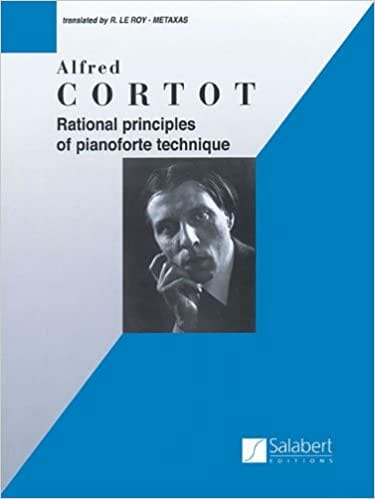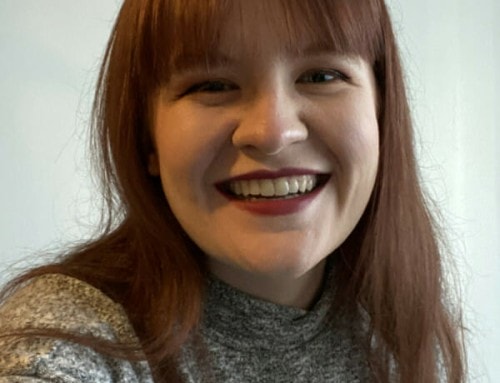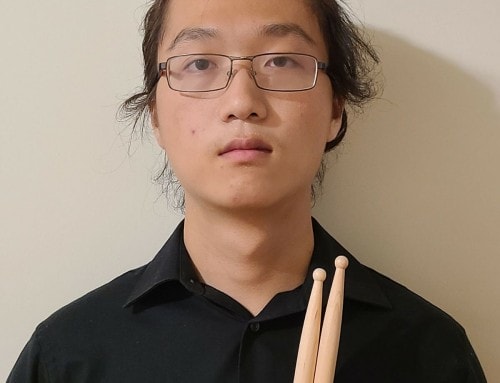M.Mus (York U) in-progress
B.Mus (Pontifical Catholic University of Chile)
B.Arts (Pontifical Catholic University of Chile)
Colomba is a Chilean Canadian pianist and musicologist. Born and raised in Chile, she has been a piano and music theory teacher for over six years. She is currently studying an M.A. in Music at York University with the York Graduate Scholarship.
Colomba completed her Bachelor of Music as well as her Bachelor of Arts (Major in History) at the Pontifical Catholic University of Chile. During her time there, she served as Teaching Assistant in Harmony, Analysis and Music Theory courses. She also had worked as private Piano Teacher from 2016 and at Schlotfeld’s Online Music Academy throughout the pandemic.
As a pianist, Colomba served in 2019 as keyboardist in the 2022 Pulsar Award Winner (Best Jazz & Fusion Album) “Ensamble Escondido”. She also has experience as a pianist for private events and weddings. Colomba seeks to encourage her students to discover their own music tastes and creativity by balancing traditional skills and innovative methods.
Get to know Colomba…Beyond the Bio!
Hobbies: Piano, music research on Classical and Latin American Popular Music, History, Drawing.
Music influences: Music from the Romantic and Impressionist era; Chopin, Satie and Debussy in particular. Popular Music genres such as Classical and Progressive rock. Folk-rooted Latin American genres (Peruvian Landó, Bossa-Nova, Cuban Son).
Favourite food: Any dessert will do the trick. I also like Italian food, Arepas, Asian food. I’m not a picky eater so I enjoy almost any food.
Least favourite food: Beet salad. It doesn’t have too much flavor.
Favorite music: Anything that has an interesting rhythm and melody. My favorite genres are Jazz, Rock, and Latin American Folk Music. Regarding Classical Music, I’ve always been a fan of the Romantic Era.
Favourite song: I like too many songs to choose just one! Negra Presuntuosa- Susana Baca
Time – Pink Floyd
Favourite movie: No Country for Old Men.
Favourite movie music: Pirates of the Caribbean, The Incredibles.
Favourite musical theatre/opera: Carmen – Georges Bizet.
Best quote from your teacher: “a hard-working student in the long term will surpass a prodigy”.
Favourite quote: “Fools who don’t respect history are doomed to repeat it.” “Traveller, the road is only your footprint, and no more; traveller, there’s no road, the road is your travelling.”
Favourite book: One Hundred Years of Solitude – Gabriel García Márquez.
Best thing about teaching at ABC: Helping people to develop a love for music.
Latest Homework from Colomba
Is Colomba Your Teacher?
Sign up now to get your weekly assignments delivered, and never lose your homework sheet again!
April 18th
Francisco:
Practice the Overworld song with both hands.
Practice Home on the Range. Keep the count on your head, and be especially careful with the half notes and eight notes.
Read p. 42. “Jump. Shots”
Maria Inés:
“In the Name of Love”: Practice the whole song, with the rhythm added for the left hand. Do not speed up (if you can use a metronome or play with the song in the background, all the better).
Noreet:
Piano Adventures, p. 64-65. Try to make her play from beginning to end without stopping in between bars. It doesn’t have to be fast, just steady.
Practice the chords we saw in class. Make her play them in a block (three notes at the same time).
Miabella:
Practice the second song of the book. Try playing the first line of the second page first a few times, until you can fall with both hands on time. Then, practice from beginning to end.
April 26th
Gerardo:
“Tchaikovsky’s theme”: Try to speed it up a little bit (use the metronome to go gradually faster).
Practice the pedal changes. Make sure you are lifting the foot at the right moment. Stop and listen: you should not get the two chords mixed, or a halt in between chords.
“The Girl from Ipanema”: Practice the song by doing the bass line in the left hand. Remember that sometimes you’ll change the direction of the motion (up-down/down-up).
Caedan:
Piano Adventures p. 26 “Traffic Jam 2nds”. For this exercise, in the first line make sure he understands he is just going in opposite directions with his hands. That’s going to make it far easier for him. In the last bar, make sure he’s playing the correct notes (D-C in the right hand and F-E in the left).
Practice “Luigi’s Mansion” and “Overworld Theme”. For the latter, in the B section, it would be better if he plays the low part (FA-AC) with the left hand and the high part right after (F-A) with the right hand, instead of jumping between registers all the time.
Zoe:
“Paris, Texas”: Practice the following things, separately, then try to add them one by one:
- drag a little the melody C-D-Eb-F-G-Ab-G. You are playing it faster than your tempo.
- don’t think of the high notes as high notes and the big leaps as big leaps. Thinking of them as easier than they are is going to help you with your control over your voice.
- Practice the pedal with the corrected position (the heel must touch the floor, and your leg should form an obtuse angle on your knee).
- Play softer.
Preferred Books for Colomba’s Students
Click to buy them here, and they’ll come right to your house! What could be easier?
Belting - A
Written for ages 5 and 6, My First Piano Adventure captures the child’s playful spirit. Fun-filled songs, rhythm games and technique activities develop beginning keyboard skills.
John Thompson's Modern Course for the Piano
Time-tested bestseller around the world! The legendary Modern Course series provides a clear and complete foundation in the study of the piano that enables the student to think and feel musically. It’s known as the method for quick, dedicated learners. It’s also well-regarded as a self-teaching method for the mature player. The First Grade may be preceded by Teaching Little Fingers to Play and/or Teaching Little Fingers to Play More .
Mikrokosmos
Béla Bartók wrote the first four volumes of the Mikrokosmos as a series of beginning piano exercises for his son Péter. The great Hungarian composer’s complete six-volume collection represents one of the most comprehensive anthologies of contemporary technique ever assembled. This edition, consisting of the first two volumes, presents more than 100 pieces of study material suitable for first- and second-year students.
